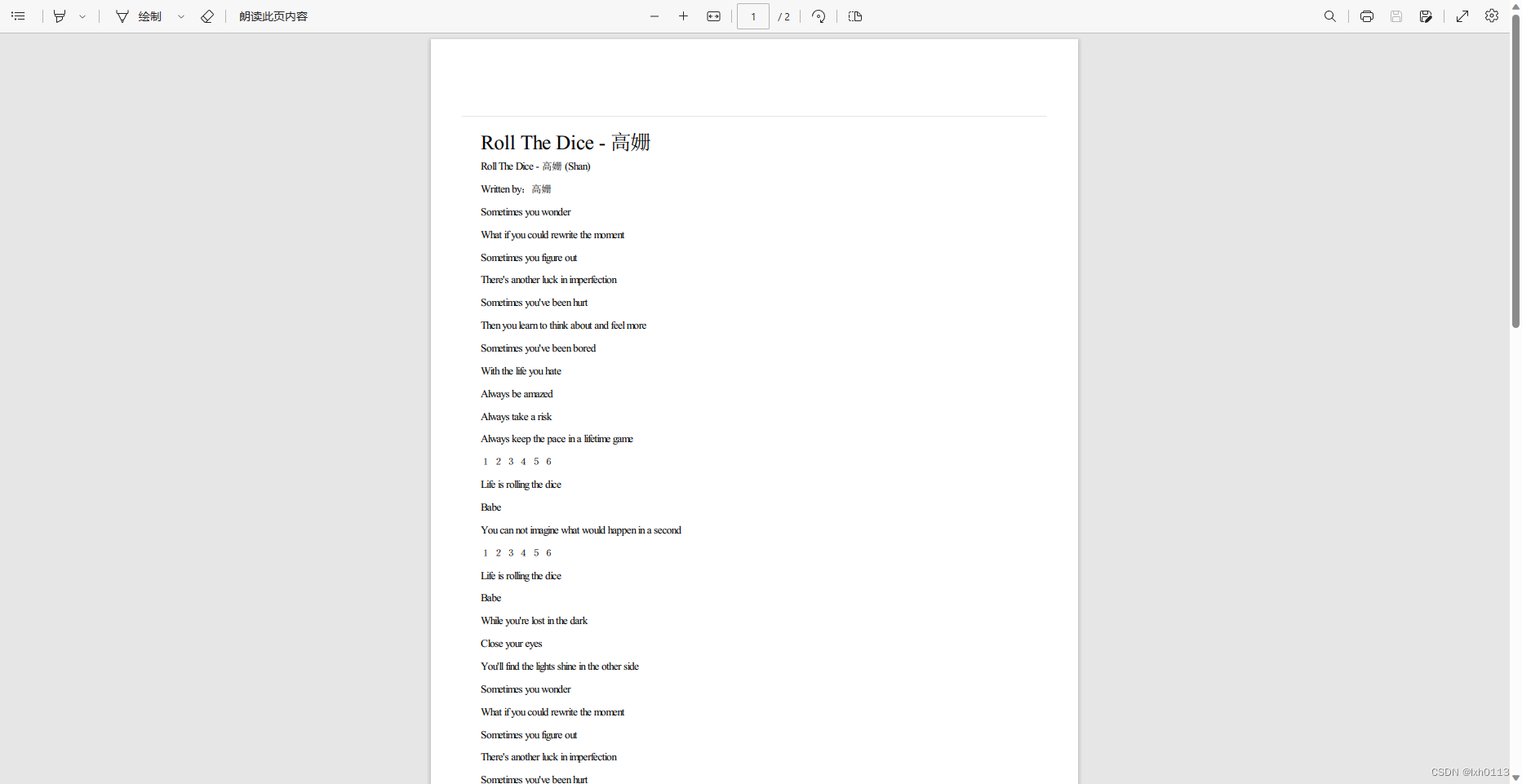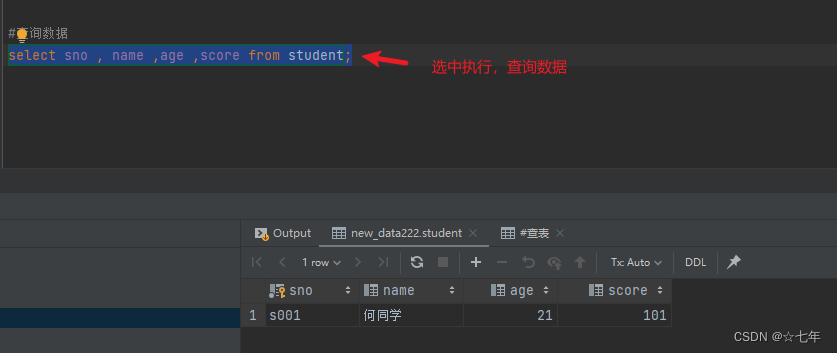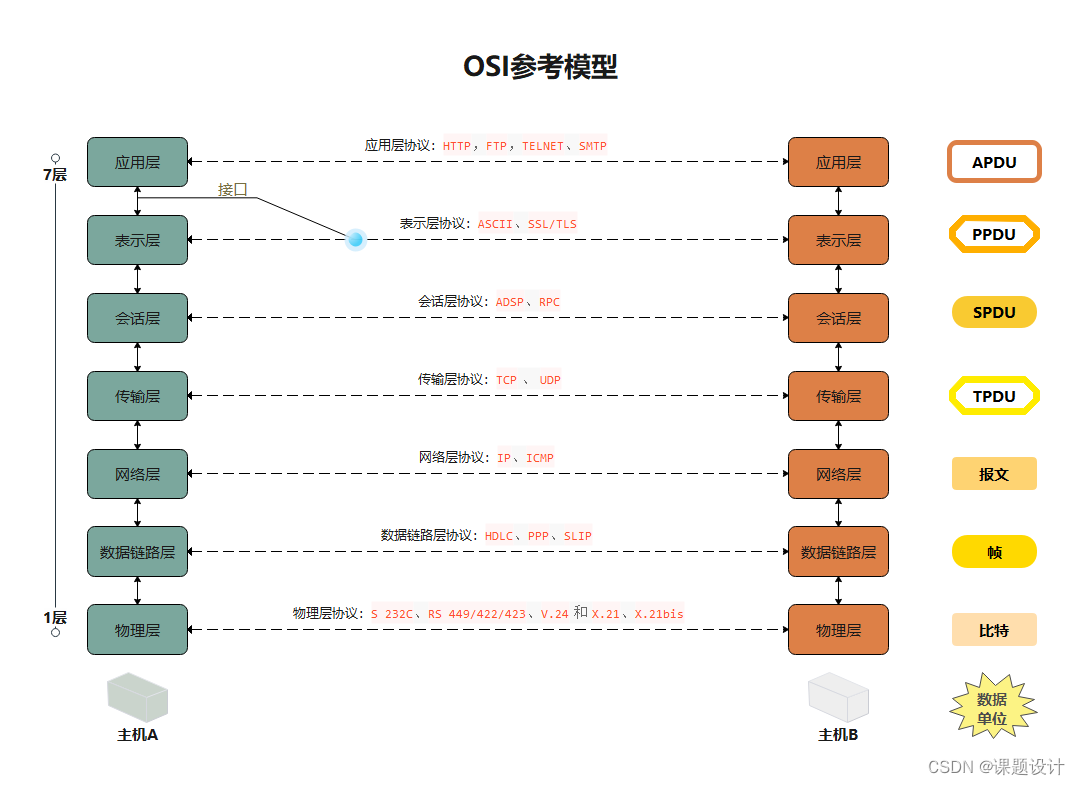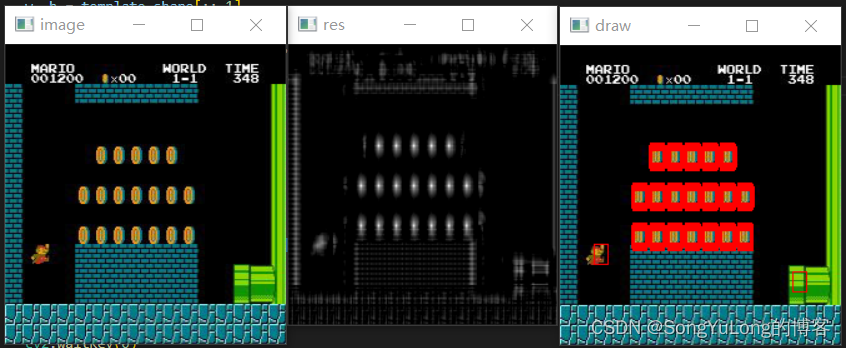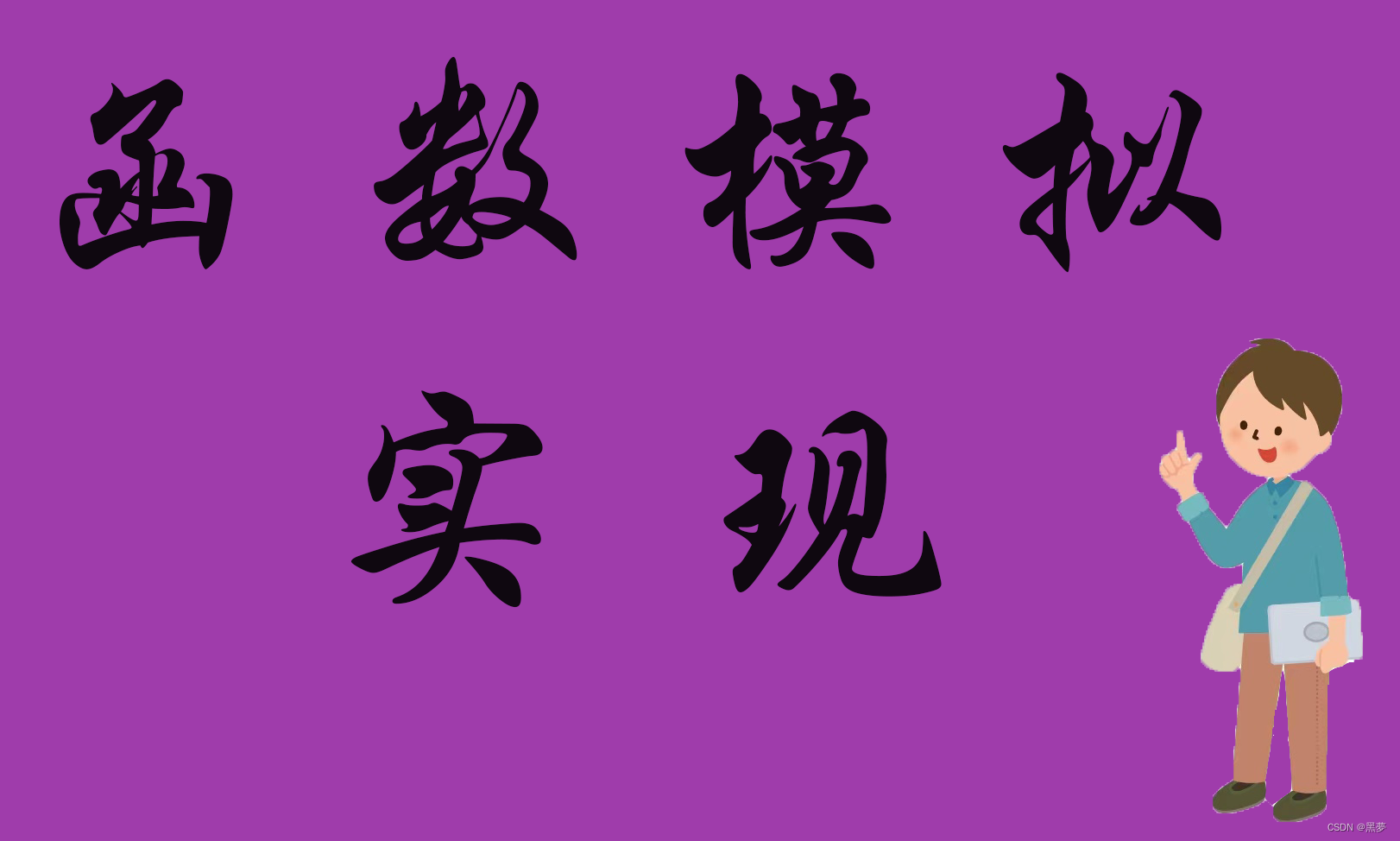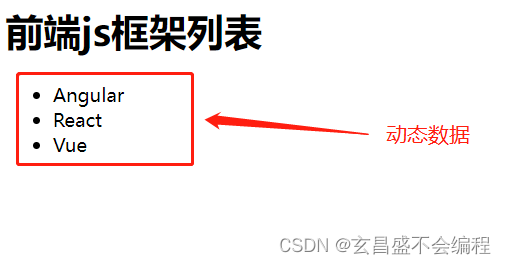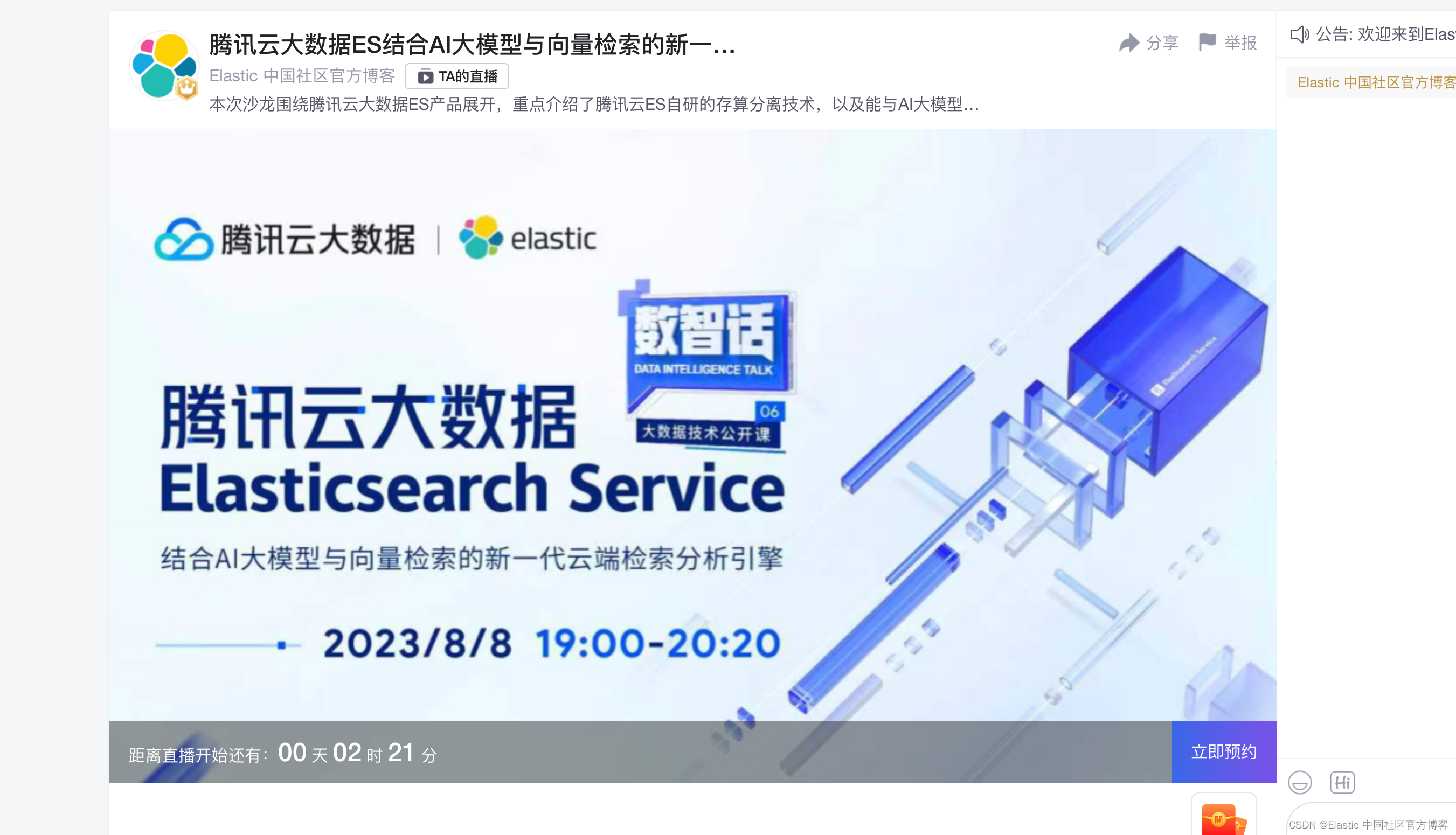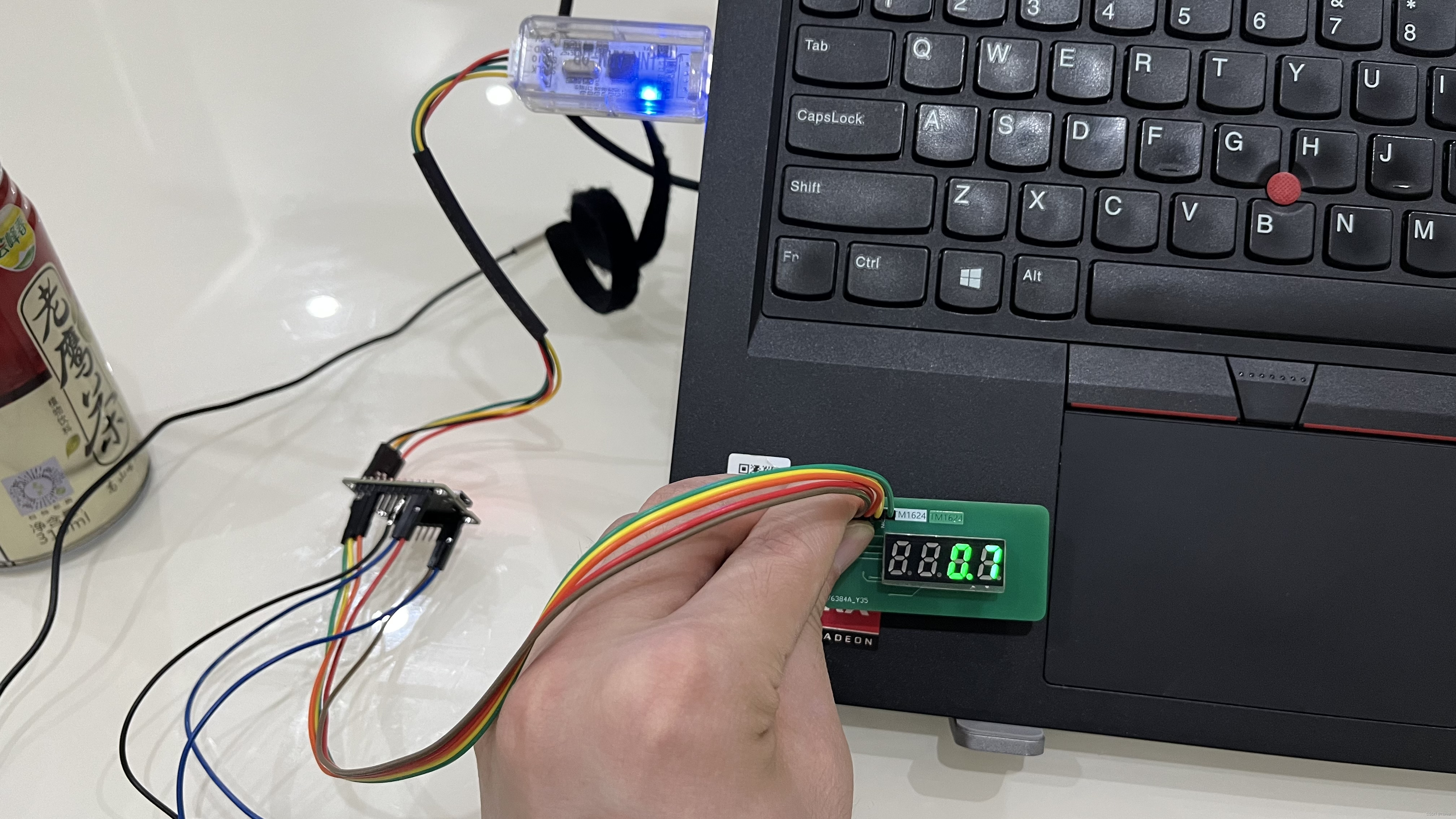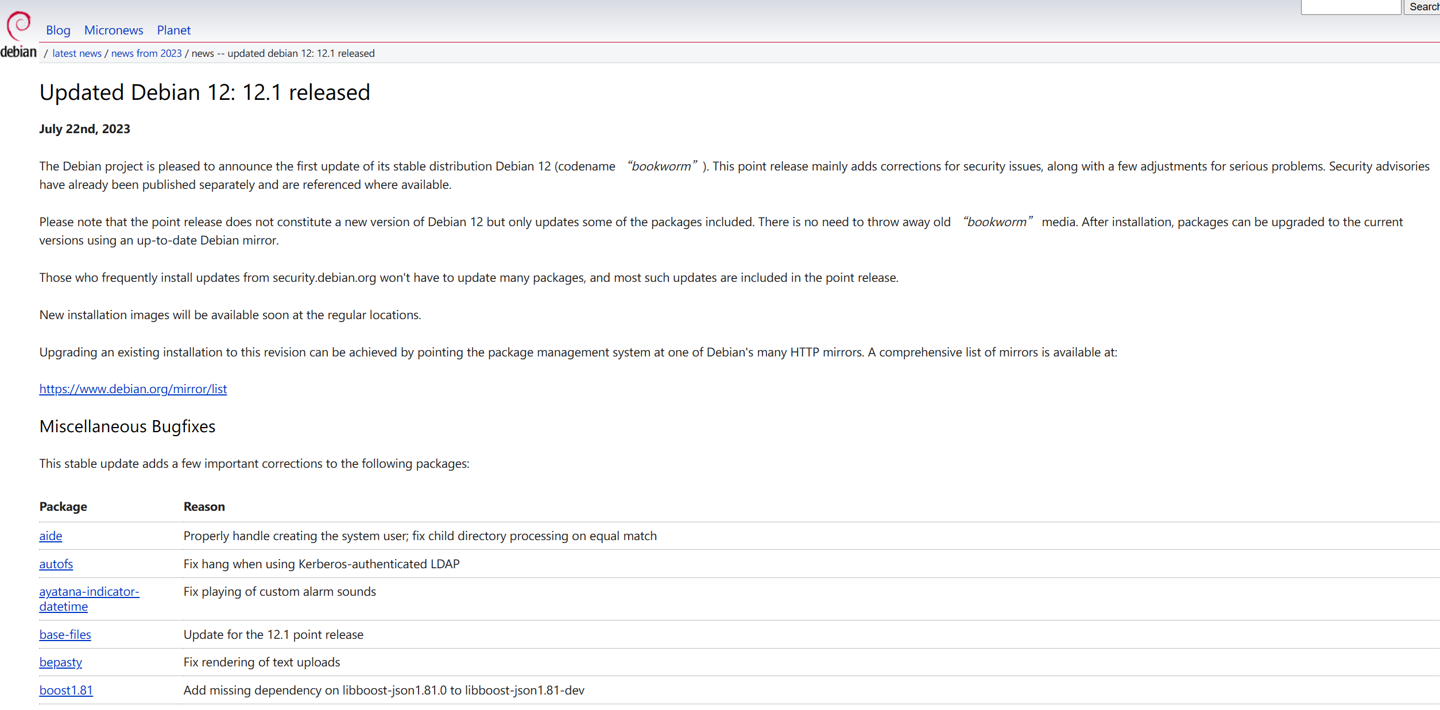Handler生产者-消费者模型
在android开发中,经常会在子线程中进行一些耗时操作,当操作完毕后会通过handler发送一些数据给主线程,通知主线程做相应的操作。 其中:子线程、handler、主线程,其实构成了线程模型中经典的生产者-消费者模型。
生产者-消费者模型:生产者和消费者在同一时间段内共用同一个存储空间,生产者往存储空间中添加数据,消费者从存储空间中取走数据。

这么设计有什么好处呢?
保证数据生产消费的顺序(通过MessageQueue,先进先出) - 不管是生产者(子线程)还是消费者(主线程)都只依赖缓冲区(handler),生产者消费者之间不会相互持有,使他们之间没有任何耦合 。
Handler是Android消息管理机制,屏幕触摸事件、生命周期事件等都是封装成message,发送到handler进行处理。通过源码,我们进一步分析Handler的机制。
Handler机制
Hanlder:发送和接收消息;
Looper:用于轮询消息队列,一个线程只能有一个Looper;
Message: 消息实体;
MessageQueue: 消息队列用于存储消息和管理消息 。
创建Looper
public static void main(String[] args) {Trace.traceBegin(Trace.TRACE_TAG_ACTIVITY_MANAGER, "ActivityThreadMain");//其他代码省略...Looper.prepareMainLooper(); //初始化Looper以及MessageQueueActivityThread thread = new ActivityThread();thread.attach(false);if (sMainThreadHandler == null) {sMainThreadHandler = thread.getHandler();}if (false) {Looper.myLooper().setMessageLogging(newLogPrinter(Log.DEBUG, "ActivityThread"));}// End of event ActivityThreadMain.Trace.traceEnd(Trace.TRACE_TAG_ACTIVITY_MANAGER);Looper.loop(); //开始轮循操作throw new RuntimeException("Main thread loop unexpectedly exited");
}
Looper.prepareMainLooper();
public static void prepareMainLooper() {prepare(false);//消息队列不可以quitsynchronized (Looper.class) {if (sMainLooper != null) {throw new IllegalStateException("The main Looper has already beenprepared.");}sMainLooper = myLooper();}
}prepare有两个重载的方法,主要看 prepare(boolean quitAllowed) quitAllowed的作用是在创建MessageQueue时标识消息队列是否可以销毁, 主线程不可被销毁 下面有介绍。
public static void prepare() {prepare(true);//消息队列可以quit
}
//quitAllowed 主要
private static void prepare(boolean quitAllowed) {if (sThreadLocal.get() != null) {//不为空表示当前线程已经创建了Looperthrow new RuntimeException("Only one Looper may be created per thread");//每个线程只能创建一个Looper}sThreadLocal.set(new Looper(quitAllowed));//创建Looper并设置给sThreadLocal,这样get的时候就不会为null了
}创建MessageQueue以及Looper与当前线程的绑定
private Looper(boolean quitAllowed) {mQueue = new MessageQueue(quitAllowed);//创建了MessageQueuemThread = Thread.currentThread(); //当前线程的绑定
}MessageQueue的构造方法
MessageQueue(boolean quitAllowed) {//mQuitAllowed决定队列是否可以销毁 主线程的队列不可以被销毁需要传入false, 在MessageQueue的quit()方法就不贴源码了mQuitAllowed = quitAllowed;mPtr = nativeInit();
}Looper.loop()
同时是在main方法中 Looper.prepareMainLooper() 后Looper.loop(); 开始轮询
public static void loop() {final Looper me = myLooper();//里面调用了sThreadLocal.get()获得刚才创建的Looper对象if (me == null) {throw new RuntimeException("No Looper; Looper.prepare() wasn't called on thisthread.");}//如果Looper为空则会抛出异常final MessageQueue queue = me.mQueue;// Make sure the identity of this thread is that of the local process,// and keep track of what that identity token actually is.Binder.clearCallingIdentity();final long ident = Binder.clearCallingIdentity();for (;;) {//这是一个死循环,从消息队列不断的取消息Message msg = queue.next(); // might blockif (msg == null) {//由于刚创建MessageQueue就开始轮询,队列里是没有消息的,等到Handler sendMessageenqueueMessage后//队列里才有消息// No message indicates that the message queue is quitting.return;}// This must be in a local variable, in case a UI event sets the loggerPrinter logging = me.mLogging;if (logging != null) {logging.println(">>>>> Dispatching to " + msg.target + " " +msg.callback + ": " + msg.what);}msg.target.dispatchMessage(msg);//msg.target就是绑定的Handler,详见后面Message的部分,Handler开始//后面代码省略.....msg.recycleUnchecked();}
}Handler handler=new Handler(){@Overridepublic void handleMessage(Message msg) {super.handleMessage(msg);}
};public Handler(Callback callback, boolean async) {//前面省略mLooper = Looper.myLooper();//获取Looper,**注意不是创建Looper**!if (mLooper == null) {throw new RuntimeException("Can't create handler inside thread that has not called Looper.prepare()");}mQueue = mLooper.mQueue;//创建消息队列MessageQueuemCallback = callback; //初始化了回调接口mAsynchronous = async;
}创建Handler
Handler handler=new Handler(){@Overridepublic void handleMessage(Message msg) {super.handleMessage(msg);}
};public Handler(Callback callback, boolean async) {//前面省略mLooper = Looper.myLooper();//获取Looper,**注意不是创建Looper**!if (mLooper == null) {throw new RuntimeException("Can't create handler inside thread that has not called Looper.prepare()");}mQueue = mLooper.mQueue;//创建消息队列MessageQueuemCallback = callback; //初始化了回调接口mAsynchronous = async;
}//这是Handler中定义的ThreadLocal ThreadLocal主要解多线程并发的问题
// sThreadLocal.get() will return null unless you've called prepare().
static final ThreadLocal<Looper> sThreadLocal = new ThreadLocal<Looper>();public static @Nullable Looper myLooper() {return sThreadLocal.get();
}创建Message
public static Message obtain(Handler h) {Message m = obtain();//调用重载的obtain方法m.target = h;//并绑定的创建Message对象的handlerreturn m;
}public static Message obtain() {synchronized (sPoolSync) {//sPoolSync是一个Object对象,用来同步保证线程安全if (sPool != null) {//sPool是就是handler dispatchMessage 后 通过recycleUnchecked回收用以复用的MessageMessage m = sPool;sPool = m.next;m.next = null;m.flags = 0; // clear in-use flagsPoolSize--;return m;}}return new Message();
}Message和Handler的绑定
创建Message的时候可以通过 Message.obtain(Handler h) 这个构造方法绑定。当然可以在 在Handler 中的enqueueMessage()也绑定了,所有发送Message的方法都会调用此方法入队,所以在创建Message的时候是可以不绑定的。
private boolean enqueueMessage(MessageQueue queue, Message msg, long uptimeMillis) {msg.target = this; //绑定if (mAsynchronous) {msg.setAsynchronous(true);}return queue.enqueueMessage(msg, uptimeMillis);
}Handler发送消息
Handler发送消息的重载方法很多,但是主要只有2种。 sendMessage(Message) sendMessage方法通过一系列重载方法的调用,sendMessage调用sendMessageDelayed,继续调用sendMessageAtTime,继续调用enqueueMessage,继续调用messageQueue的enqueueMessage方法,将消息保存在了消息队列中,而最终由Looper取出,交给Handler的dispatchMessage进行处理;
我们可以看到在dispatchMessage方法中,message中callback是一个Runnable对象,如果callback不为空,则直接调用callback的run方法,否则判断mCallback是否为空,mCallback在Handler构造方法中初始化,在主线程通直接通过无参的构造方法new出来的为null,所以会直接执行后面的handleMessage()方法。
public void dispatchMessage(Message msg) {if (msg.callback != null) {//callback在message的构造方法中初始化或者使用handler.post(Runnable)时候才不为空handleCallback(msg);} else {if (mCallback != null) {//mCallback是一个Callback对象,通过无参的构造方法创建出来的handler,该属性为null,此段不执行if (mCallback.handleMessage(msg)) {return;}}handleMessage(msg);//最终执行handleMessage方法}
}private static void handleCallback(Message message) {message.callback.run();
}Handler处理消息
在handleMessage(Message)方法中,我们可以拿到message对象,根据不同的需求进行处理,整个Handler机制的流程就结束了。
总结:
handler.sendMessage 发送消息到消息队列MessageQueue,然后looper调用自己的loop()函数带动MessageQueue从而轮询messageQueue里面的每个Message,当Message达到了可以执行的时间的时候开始执行,执行后就会调用message绑定的Handler来处理消息。
大致的过程如下图所示:

handler机制就是一个传送带的运转机制。
1)MessageQueue就像履带。
2)Thread就像背后的动力,就是我们通信都是基于线程而来的。
3)传送带的滚动需要一个开关给电机通电,那么就相当于我们的loop函数,而这个loop里面的for循环就会带着不断的滚动,去轮询messageQueue。
4)Message就是我们的货物了。
Handler线程同步问题
Handler是用于线程间通信的,但是它产生的根本并不只是用于UI处理,而更多的是handler是整个app通信的框架,大家可以在ActivityThread里面感受到,整个App都是用它来进行线程间的协调。Handler既然这么重要,那么它的线程安全就至关重要了,那么它是如何保证自己的线程安全呢?
Handler机制里面最主要的类MessageQueue,这个类就是所有消息的存储仓库,在这个仓库中,我们如何的管理好消息,这个就是一个关键点了。消息管理就2点:1)消息入库(enqueueMessage),2)消息出库(next),所以这两个接口是确保线程安全的主要档口。
enqueueMessage 源码:
boolean enqueueMessage(Message msg, long when) {if (msg.target == null) {throw new IllegalArgumentException("Message must have a target.");}if (msg.isInUse()) {throw new IllegalStateException(msg + " This message is already in use.");}// 锁开始的地方synchronized (this) {if (mQuitting) {IllegalStateException e = new IllegalStateException(msg.target + " sending message to a Handler on a dead thread");Log.w(TAG, e.getMessage(), e);msg.recycle();return false;}msg.markInUse();msg.when = when;Message p = mMessages;boolean needWake;if (p == null || when == 0 || when < p.when) {// New head, wake up the event queue if blocked.msg.next = p;mMessages = msg;needWake = mBlocked;} else {// Inserted within the middle of the queue. Usually we don't have to wake// up the event queue unless there is a barrier at the head of the queue// and the message is the earliest asynchronous message in the queue.needWake = mBlocked && p.target == null && msg.isAsynchronous();Message prev;for (;;) {prev = p;p = p.next;if (p == null || when < p.when) {break;}if (needWake && p.isAsynchronous()) {needWake = false;}}msg.next = p; // invariant: p == prev.nextprev.next = msg;}// We can assume mPtr != 0 because mQuitting is false.if (needWake) {nativeWake(mPtr);}}
//锁结束的地方synchronized锁是一个内置锁,也就是由系统控制锁的lock unlock时机的。这个锁,说明的是对所有调用同一个MessageQueue对象的线程来说,他们都是互斥的,然而,在我们的Handler里面,一个线程是对应着一个唯一的Looper对象,而Looper中又只有一个唯一的MessageQueue(这个在上文中也有介绍)。所以,我们主线程就只有一个MessageQueue对象,也就是说,所有的子线程向主线程发送消息的时候,主线程一次都只会处理一个消息,其他的都需要等待,那么这个时候消息队列就不会出现混乱。
next函数 源码:
Message next() {....for (;;) {....nativePollOnce(ptr, nextPollTimeoutMillis);synchronized (this) {// Try to retrieve the next message. Return if found....return msg;}} else {// No more messages.nextPollTimeoutMillis = -1;}...}//synchronized 结束之处// Run the idle handlers.// We only ever reach this code block during the first iteration.for (int i = 0; i < pendingIdleHandlerCount; i++) {final IdleHandler idler = mPendingIdleHandlers[i];mPendingIdleHandlers[i] = null; // release the reference to the handlerboolean keep = false;try {keep = idler.queueIdle();} catch (Throwable t) {Log.wtf(TAG, "IdleHandler threw exception", t);}if (!keep) {synchronized (this) {mIdleHandlers.remove(idler);}}}// Reset the idle handler count to 0 so we do not run them again.pendingIdleHandlerCount = 0;// While calling an idle handler, a new message could have been delivered// so go back and look again for a pending message without waiting.nextPollTimeoutMillis = 0;}
}next函数很多同学会有疑问:我从线程里面取消息,而且每次都是队列的头部取,那么它加锁是不是没有意义呢?
答案是否定的,我们必须要在next里面加锁,因为,这样由于synchronized(this)作用范围是所有 this正在访问的代码块都会有保护作用,也就是它可以保证 next函数和 enqueueMessage函数能够实现互斥。这样才能真正的保证多线程访问的时候messagequeue的有序进行。
Handler消息机制--同步屏障
同步屏障,view绘制中使用,同步屏障的概念,在Android开发中非常容易被人忽略,因为这个概念在我们普通的开发中太少见了,很容易被忽略。
大家经过上面的学习应该知道,线程的消息都是放到同一个MessageQueue里面,取消息的时候是互斥取消息,而且只能从头部取消息,而添加消息是按照消息的执行的先后顺序进行的排序,那么问题来了,同一个时间范围内的消息,如果它是需要立刻执行的,那我们怎么办,按照常规的办法,我们需要等到队列轮询到我自己的时候才能执行哦,那岂不是黄花菜都凉了。所以,我们需要给紧急需要执行的消息一个绿色通道,这个绿色通道就是同步屏障的概念。
同步屏障是什么?
屏障的意思即为阻碍,顾名思义,同步屏障就是阻碍同步消息,只让异步消息通过。如何开启同步屏障呢?使用:MessageQueue#postSyncBarrier()
public int postSyncBarrier() {return postSyncBarrier(SystemClock.uptimeMillis());
}private int postSyncBarrier(long when) {// Enqueue a new sync barrier tokensynchronized (this) {final int token = mNextBarrierToken++;//从消息池中获取Messagefinal Message msg = Message.obtain();msg.markInUse();//就是这里!!!初始化Message对象的时候,并没有给target赋值,因此 target==nullmsg.when = when;msg.arg1 = token;Message prev = null;Message p = mMessages;if (when != 0) {while (p != null && p.when <= when) {//如果开启同步屏障的时间(假设记为T)T不为0,且当前的同步消息里有时间小于T,则prev也不为nullprev = p;p = p.next;}}//根据prev是不是为null,将 msg 按照时间顺序插入到 消息队列(链表)的合适位置if (prev != null) { // invariant: p == prev.nextmsg.next = p;prev.next = msg;} else {msg.next = p;mMessages = msg;}return token;}
}可以看到,Message 对象初始化的时候并没有给 target 赋值,因此, target == null 的 来源就找到了。上面消息的插入也做了相应的注释。这样,一条 target == null 的消息就进入了消息队列。
同步屏障总结:
1)messageQueue.postSyncBarrier(),发送一个message.target = null消息,开启同步屏障;
2)随后发送一个异步消息(massage.setAsynchronous(true))到messageQueue;
3)messageQueue会优先处理异步消息;
4)异步消息处理完,调用MessageQueue.removeSyncBarrier移除屏障消息。
那么,开启同步屏障后,所谓的异步消息又是如何被处理的呢?
如果对消息机制有所了解的话,应该知道消息的最终处理是在消息轮询器 Looper#loop() 中,而 loop() 循环中会调用 MessageQueue#next() 从消息队列中进行取消息。
.....//省略一些代码int pendingIdleHandlerCount = -1; // -1 only during first iteration// 1.如果nextPollTimeoutMillis=-1,一直阻塞不会超时。// 2.如果nextPollTimeoutMillis=0,不会阻塞,立即返回。// 3.如果nextPollTimeoutMillis>0,最长阻塞nextPollTimeoutMillis毫秒(超时)// 如果期间有程序唤醒会立即返回。int nextPollTimeoutMillis = 0;//next()也是一个无限循环for (;;) {if (nextPollTimeoutMillis != 0) {Binder.flushPendingCommands();}nativePollOnce(ptr, nextPollTimeoutMillis);synchronized (this) {//获取系统开机到现在的时间final long now = SystemClock.uptimeMillis();Message prevMsg = null;Message msg = mMessages; //当前链表的头结点//关键!!!//如果target==null,那么它就是屏障,需要循环遍历,一直往后找到第一个异步的消息if (msg != null && msg.target == null) {// Stalled by a barrier. Find the next asynchronous message in the queue.do {prevMsg = msg;msg = msg.next;} while (msg != null && !msg.isAsynchronous());}if (msg != null) {//如果有消息需要处理,先判断时间有没有到,如果没到的话设置一下阻塞时间,//场景如常用的postDelayif (now < msg.when) {//计算出离执行时间还有多久赋值给nextPollTimeoutMillis,//表示nativePollOnce方法要等待nextPollTimeoutMillis时长后返回nextPollTimeoutMillis = (int) Math.min(msg.when - now,Integer.MAX_VALUE);} else {// 获取到消息mBlocked = false;//链表操作,获取msg并且删除该节点if (prevMsg != null)prevMsg.next = msg.next;} else {mMessages = msg.next;}msg.next = null;msg.markInUse();//返回拿到的消息return msg;}} else {//没有消息,nextPollTimeoutMillis复位nextPollTimeoutMillis = -1;}.....//省略
}从上面可以看出,当消息队列开启同步屏障的时候(即标识为 msg.target == null ),消息机制在处理消息的时候,优先处理异步消息。这样,同步屏障就起到了一种过滤和优先级的作用。
下面用示意图简单说明:

如上图所示,在消息队列中有同步消息和异步消息(黄色部分)以及一道墙----同步屏障(红色部分)。有了同步屏障的存在,msg_2 和 msg_M 这两个异步消息可以被优先处理,而后面的 msg_3 等同步消息则不会被处理。那么这些同步消息什么时候可以被处理呢?那就需要先移除这个同步屏障,即调用 removeSyncBarrier() 。
同步消息的应用场景
似乎在日常的应用开发中,很少会用到同步屏障。那么,同步屏障在系统源码中有哪些使用场景呢?Android 系统中的 UI 更新相关的消息即为异步消息,需要优先处理。
比如,在 View 更新时,draw、requestLayout、invalidate 等很多地方都调用了ViewRootImpl#scheduleTraversals() ,如下:
void scheduleTraversals() {if (!mTraversalScheduled) {mTraversalScheduled = true;//开启同步屏障mTraversalBarrier = mHandler.getLooper().getQueue().postSyncBarrier();//发送异步消息mChoreographer.postCallback(Choreographer.CALLBACK_TRAVERSAL, mTraversalRunnable, null);if (!mUnbufferedInputDispatch) {scheduleConsumeBatchedInput();}notifyRendererOfFramePending();pokeDrawLockIfNeeded();}
}postCallback() 最终走到了 ChoreographerpostCallbackDelayedInternal() :
private void postCallbackDelayedInternal(int callbackType,Object action, Object token, long delayMillis) {if (DEBUG_FRAMES) {Log.d(TAG, "PostCallback: type=" + callbackType- ", action=" + action + ",token=" + token =" + delayMillis);}synchronized (mLock) {final long now = SystemClock.uptimeMillis();final long dueTime = now + delayMillis;mCallbackQueues[callbackType].addCallbackLocked(dueTime, action, token);if (dueTime <= now) {scheduleFrameLocked(now);} else {Message msg = mHandler.obtainMessage(MSG_DO_SCHEDULE_CALLBACK, action);msg.arg1 = callbackType;msg.setAsynchronous(true); //异步消息mHandler.sendMessageAtTime(msg, dueTime);}}
}这里就开启了同步屏障,并发送异步消息,由于 UI 更新相关的消息是优先级最高的,这样系统就会优先处理这些异步消息。最后,当要移除同步屏障的时候需要调用 ViewRootImpl#unscheduleTraversals() 。
void unscheduleTraversals() {if (mTraversalScheduled) {mTraversalScheduled = false;//移除同步屏障mHandler.getLooper().getQueue().removeSyncBarrier(mTraversalBarrier);mChoreographer.removeCallbacks(Choreographer.CALLBACK_TRAVERSAL, mTraversalRunnable, null);}
}小结:
同步屏障的设置可以方便地处理那些优先级较高的异步消息。当我们调用
Handler.getLooper().getQueue().postSyncBarrier() 并设置消息的 setAsynchronous(true) 时,target 即为 null ,也就开启了同步屏障。当在消息轮询器 Looper 在 loop() 中循环处理消息时,如若开启了同步屏障,会优先处理其中的异步消息,而阻碍同步消息。



